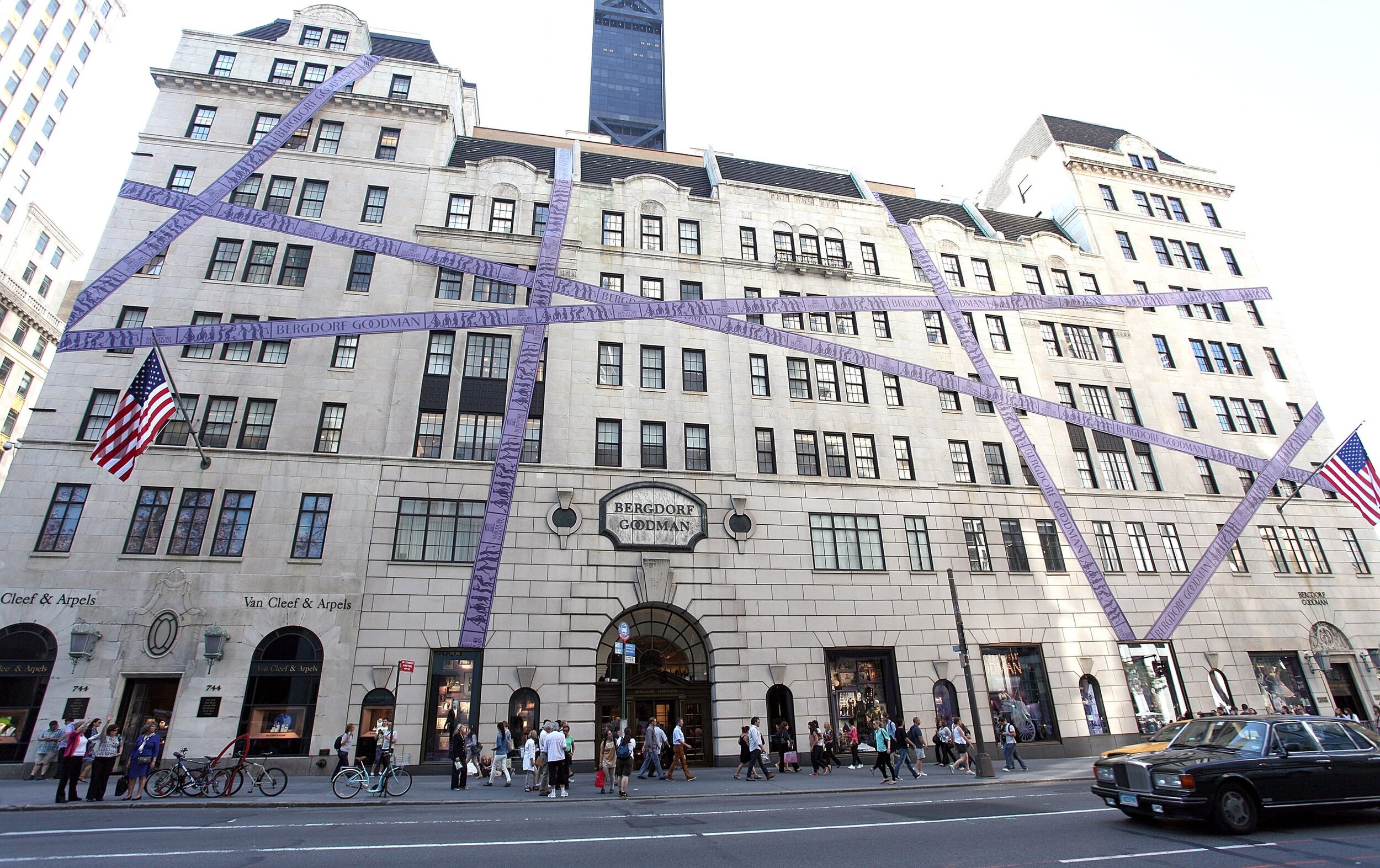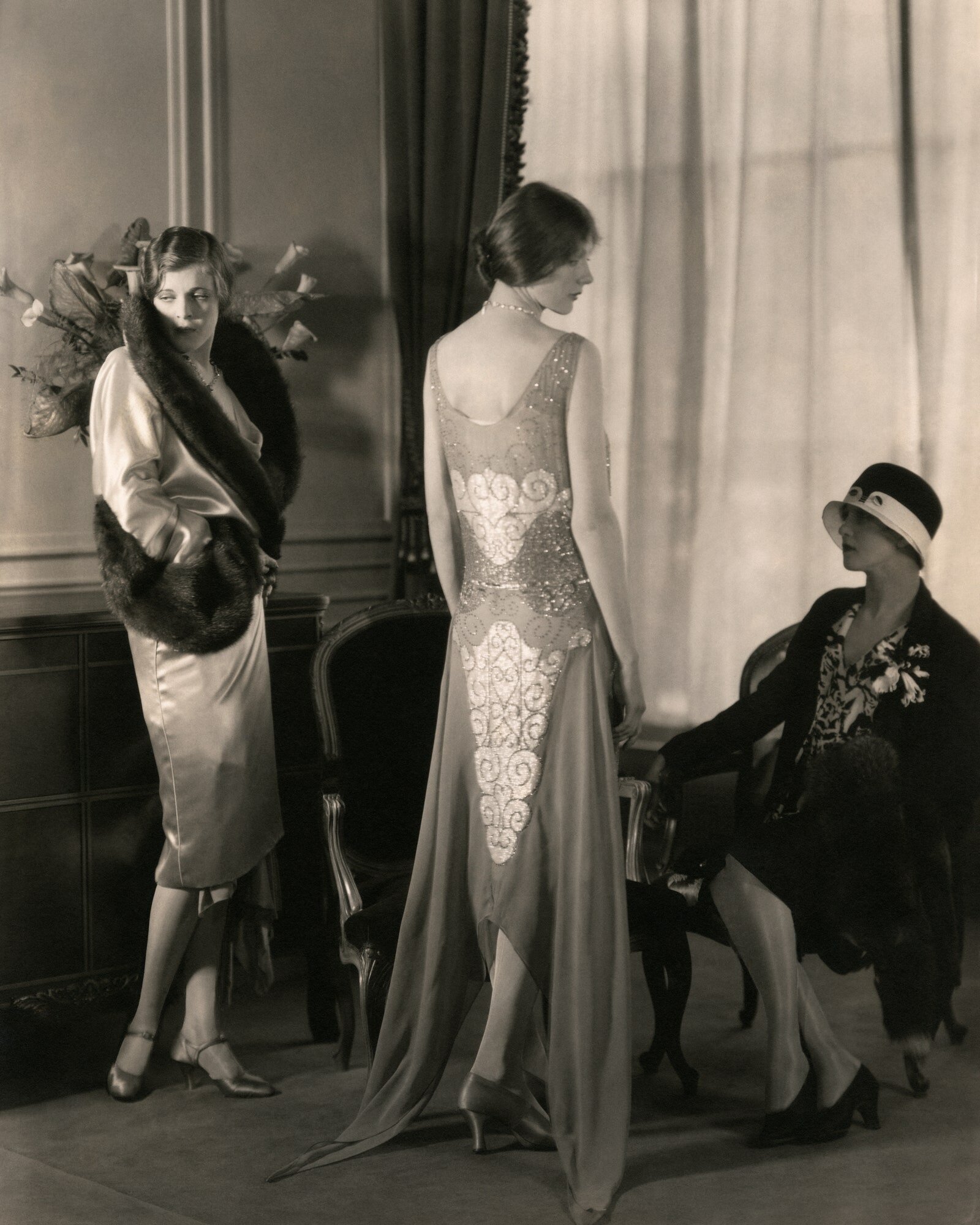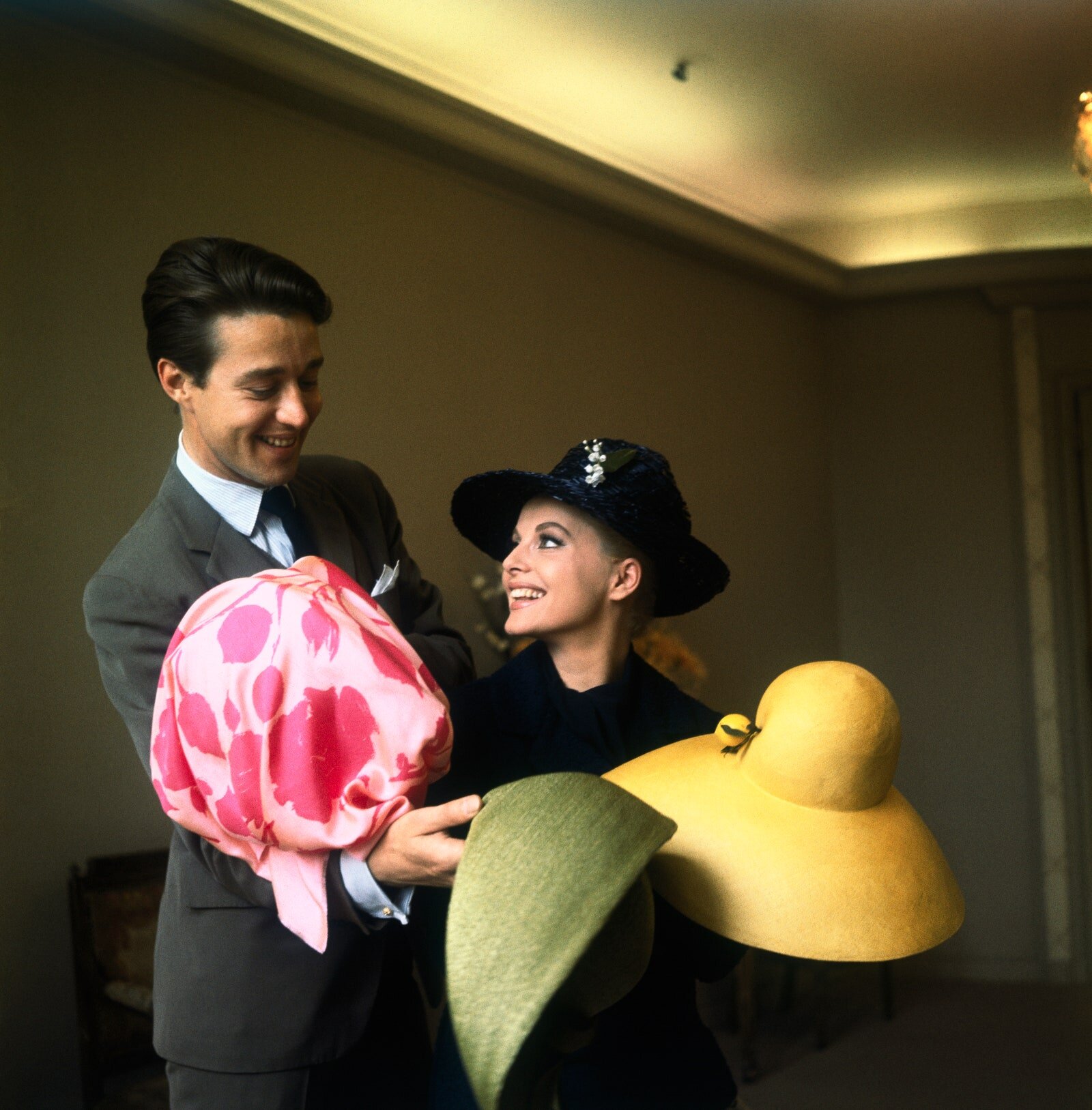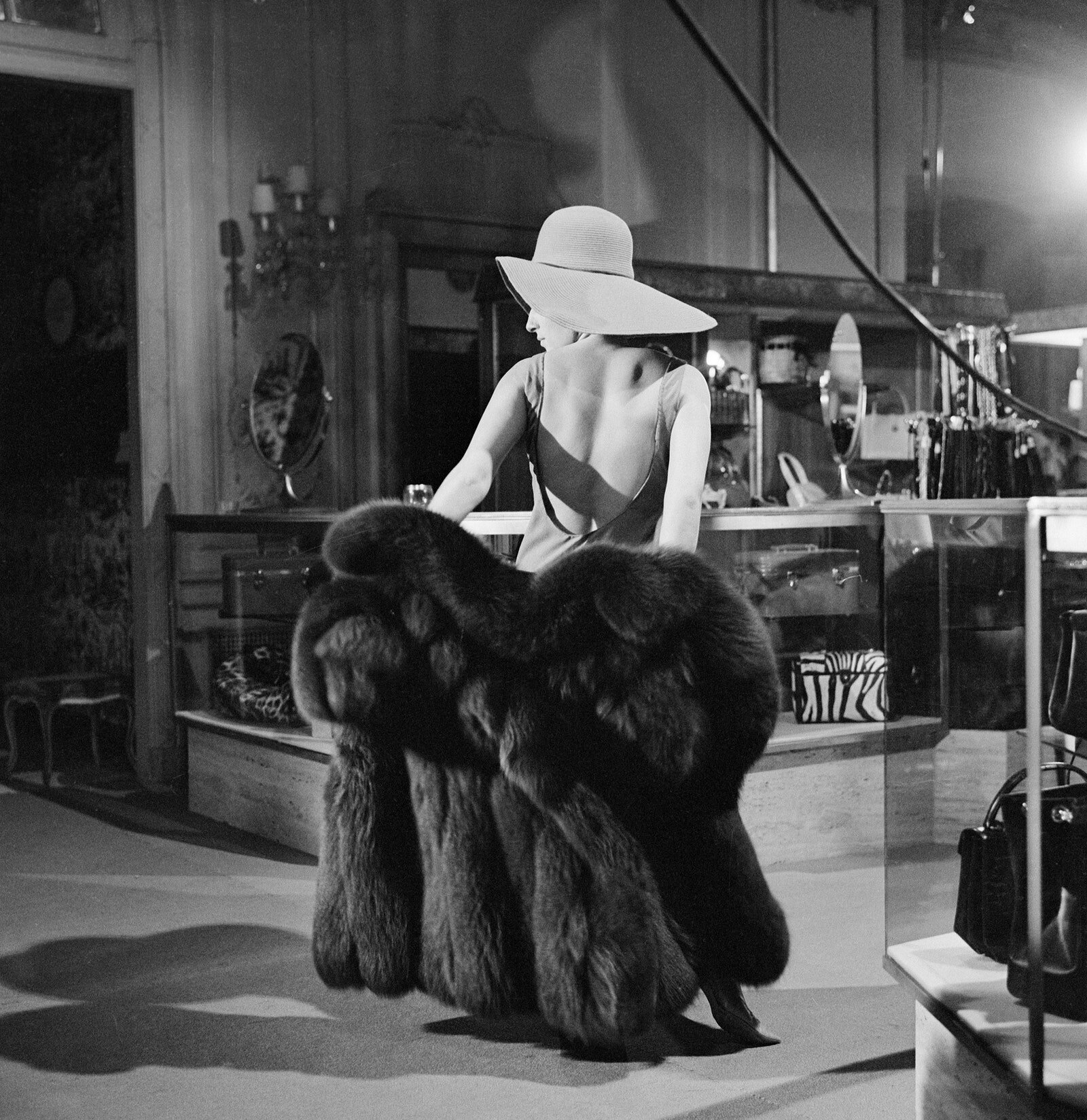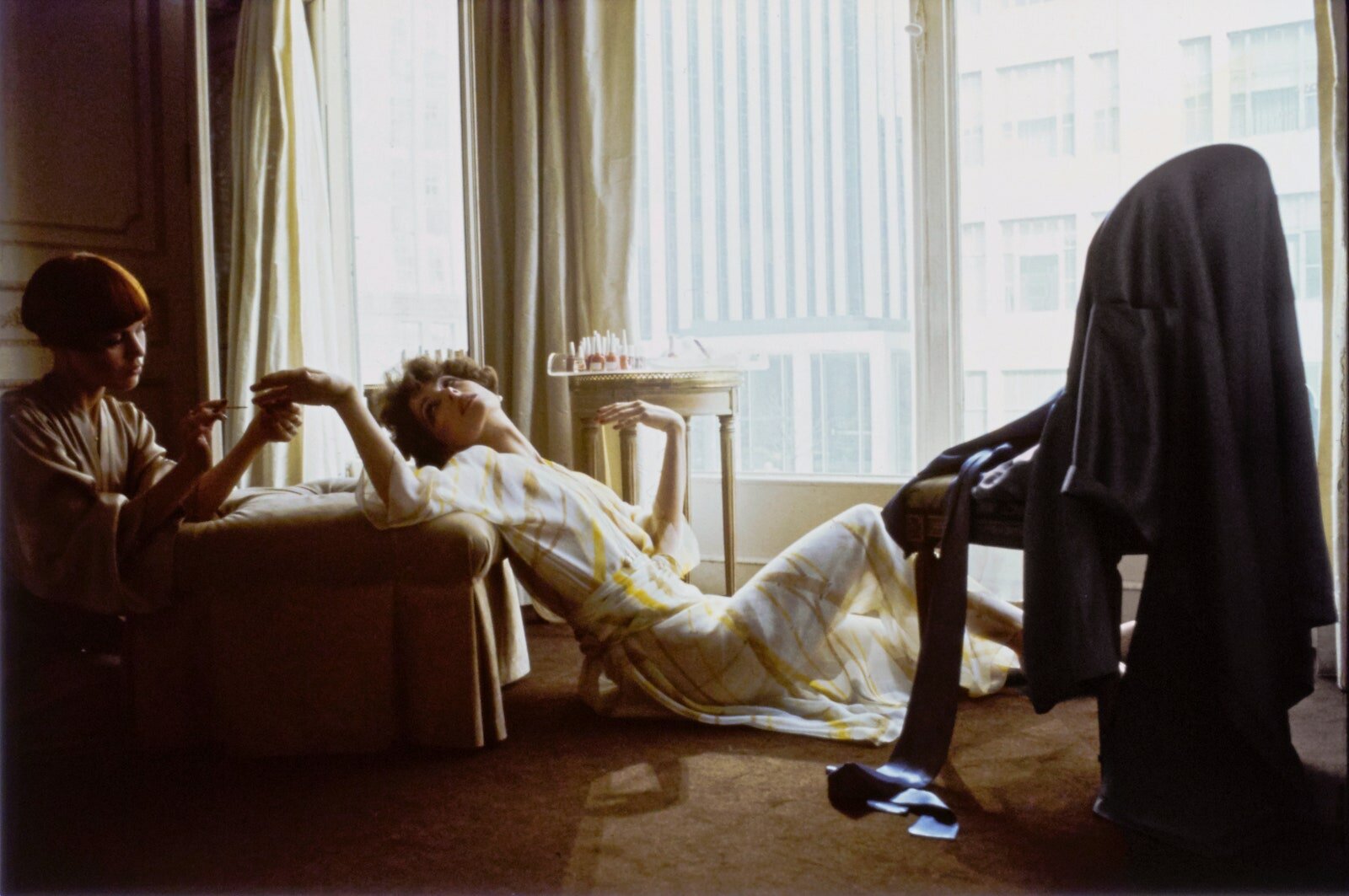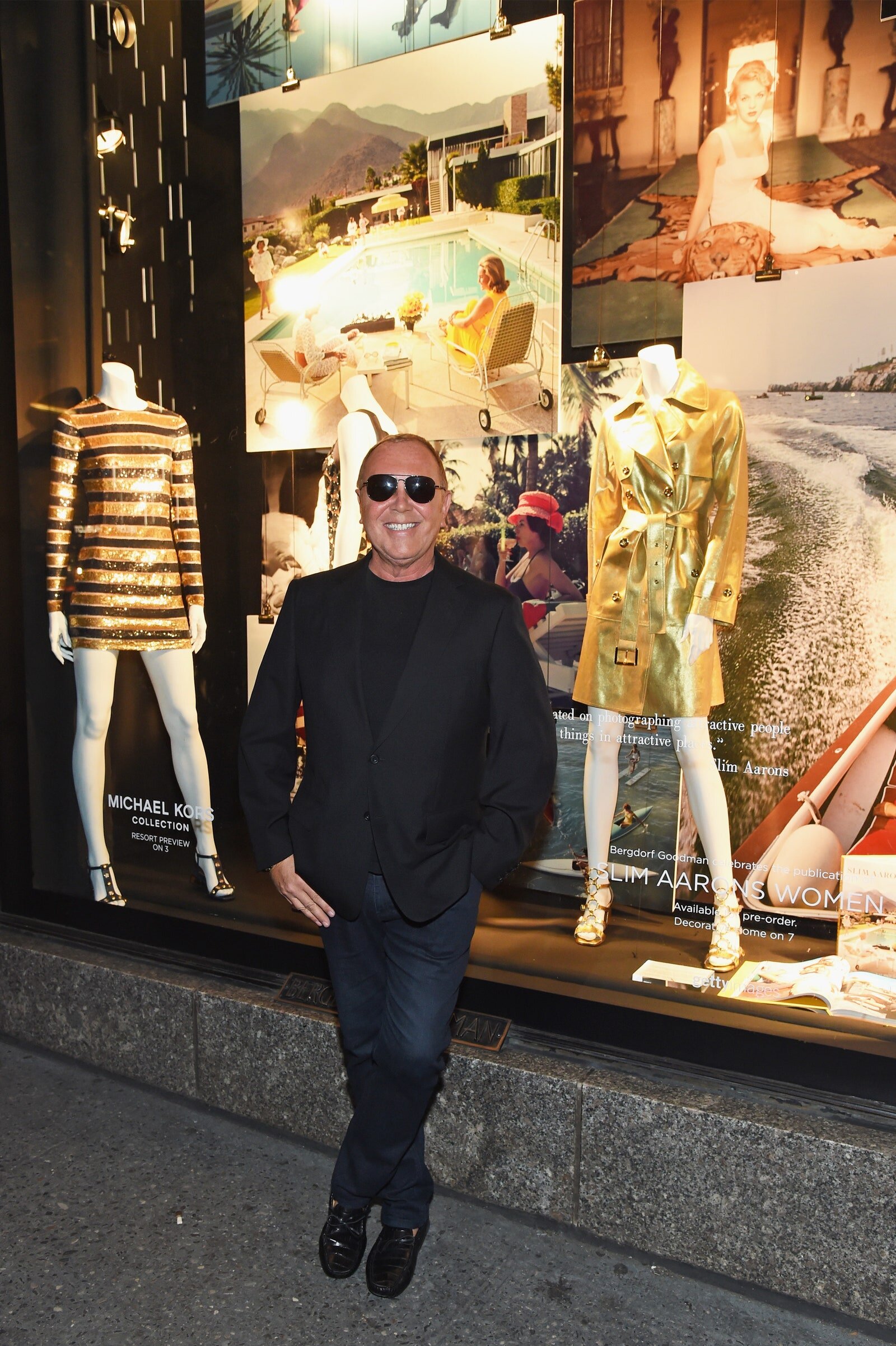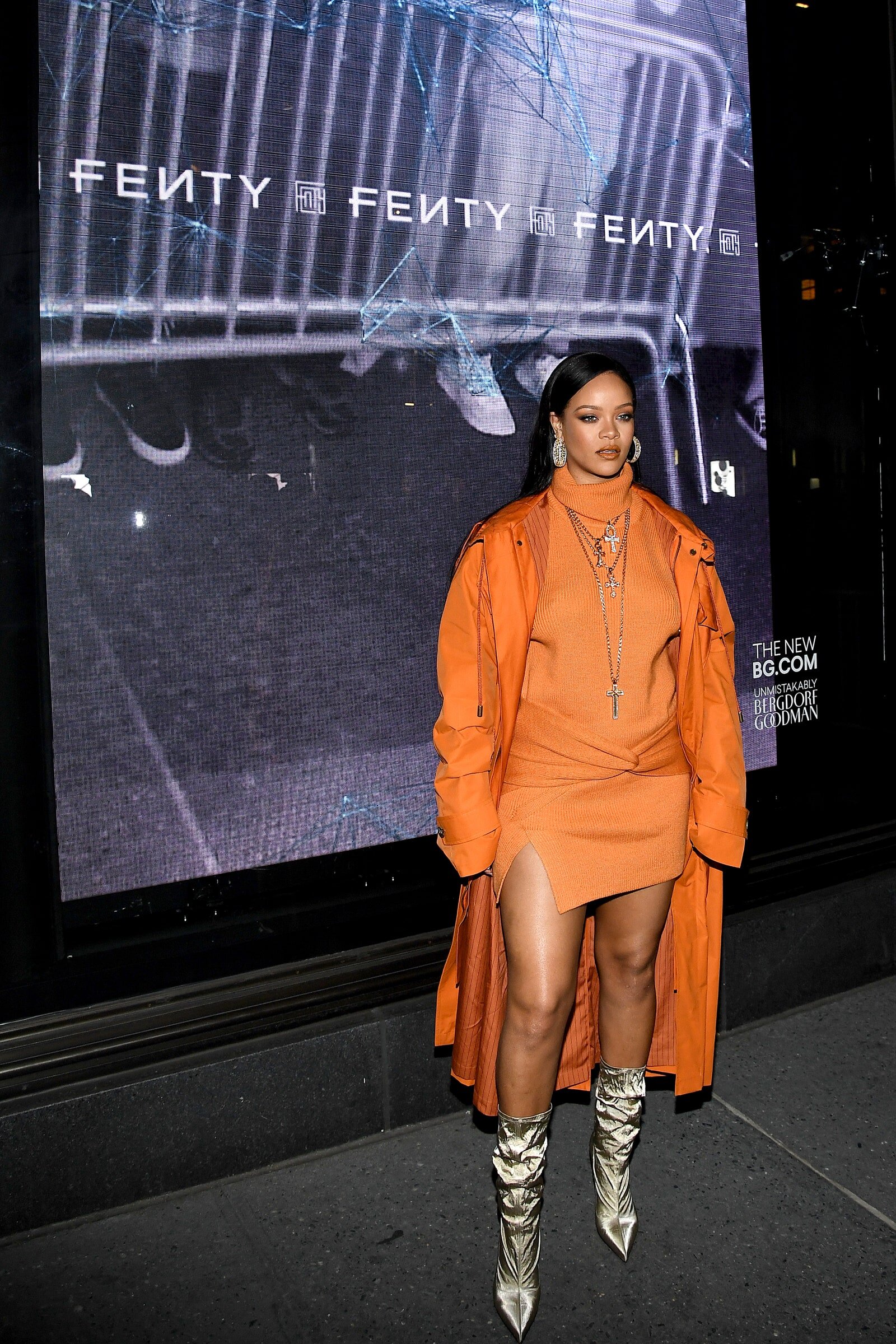As Neiman Marcus Navigates Bankruptcy, What Happens to Bergdorf Goodman?
The economic squeeze brought on by the coronavirus pandemic is becoming more like a vise. Retail sales declined 16.4% in April, and the futures of American fashion stalwarts from J.Crew to Victoria’s Secret are in question. Neiman Marcus is the first luxury retail to enter bankruptcy protection; J.C. Penney has also declared bankruptcy, while Nordstrom is insulating itself by closing 16 of its stores and its three Jeffrey boutiques. Speculation about Neiman’s future is growing: Will the company be sold to Hudson’s Bay Company and merge with Saks Fifth Avenue to make an American retail conglomerate? Will Bergdorf Goodman, now owned by the Neiman Marcus Group, be spun off in a sale to LVMH? Either way, what happens to Bergdorf’s legendary 57th and Fifth Avenue store?
The high temples of New York fashion are thinning out: Barneys is gone, as is Jeffrey, as is Opening Ceremony. Can fashion lovers afford to lose Bergdorf Goodman? Can the city?
The good news is that Bergdorf’s is probably not going anywhere. While the Neiman Marcus debt is staggering—$5 billion with refinancing loans in the hundreds of millions—Bergdorf Goodman has the advantage of being the last grand dame of fashion in New York. And what a dame it is.
Lyssie Pero, Gertrude Clarke, and Madame Sassau modeling dresses with the feeling of Paris couture at Bergdorf GoodmanPhotographed by Edward Steichen for Vogue, May 1, 1928
Models in the display room at Bergdorf GoodmanPhotographed by Edward Steichen for Vogue, May 1, 1928
“Like a fine French dress, the Bergdorf Goodman building has a restraint in line and ornament,” Vogue proclaimed in its May 1, 1928 issue in a feature extolling the virtues of New York’s poshest retailer. Begun as a tailor shop in 1899 by Herman Bergdorf and transformed into Bergdorf Goodman with Edwin Goodman in 1901, the store had bopped around locations in Lower Manhattan, settling in the Vanderbilt mansion on 57th and Fifth Avenue in 1928. With the feeling of a “private drawing room,” it was celebrated for its exacting selection of hats, furs, frocks, and bags, one that eliminated “everything that is not in perfect simplicity and perfect taste.”
That’s a high bar to live up to, but in the 92 years since then, the retailer has retained its air of exclusivity, etiquette, and panache. The store’s longtime association with Halston, who was its in-house milliner in the late ’50s and ’60s before launching his namesake brand in the 1970s, helped it bridge the shifting tastes of the mid-to-late century and establish it as the go-to for elegance across decades. “I think in many ways that being stocked at Bergdorf Goodman, for designers it kind of means they’ve made it,” says the store’s former senior vice president of fashion and public relations Robert Burke.
Michael Kors agrees. “Bergdorf’s has always symbolized the idea of connoisseurship—the best customers looking for the best product, at the best location, in the best city in the world,” he tells Vogue. His relationship to the store dates back to the 1980s, when he worked at Lothar’s, a boutique across Fifth Avenue from B.G. “One afternoon I was in the window dressing mannequins when a tall, attractive woman came in and started speaking to me. She asked who designed the clothes in the window and I replied that I did. She seemed quite surprised. She introduced herself as the fashion director of Bergdorf Goodman and told me that if I ever designed a collection on my own to give her a call. I promptly went home and started sketching out the designs for what would become my first collection—fall 1981.”
Halston famously designed Jacqueline Kennedy's pillbox hat for her husband's inauguration. As Bergdorf Goodman's in-house milliner, he outfitted dozens of other women with custom toppers, like Virna Lisi, seen here in 1964 with the designerPhoto: Getty Images
In 1965, Barbra Streisand filmed her My Name is Barbra TV special on Bergdorf's first floorCBS Photo Archive
That woman was Dawn Mello, Bergdorf’s longtime fashion director and president in charge of culling the wheat from the chaff. Her anointing of Kors helped establish him in New York—and then the world—and he has remained a B.G. mainstay ever since. “I had no experience manufacturing, no business partners, but I rolled up my sleeves and somehow made it work. A few months later my collection was in the windows at Bergdorf’s, and I did my first successful trunk show at the store. Dawn and her team put me on the map.” The Bergdorf effect stuck with him. “The customers at Bergdorf’s have always been incredibly discerning. They’re sticklers for quality and the kind of women who have a real sense of style. Fifty-Seventh Street was my starting point, but now, almost 40 years later, the B.G. attitude permeates everything I do globally.”
But you don’t need to be in fashion to feel the Bergdorf Goodman effect. Much like other Upper East Side institutions, the word Bergdorf has become a shorthand for über luxury. In 1965, Barbra Streisand hosted her TV special My Name Is Barbra from its fine-jewelry floor. Liza Minnelli and Dudley Moore palled around in Bergdorf’s in the 1981 movie Arthur, and by 1984 the Muppets had moved in for The Muppets Take Manhattan.
In 2004, Vogue editor Plum Sykes published her first novel, Bergdorf Blondes, turning the bubbling Page Six party scene of UES society into a story about jewelry, shoes, men, and—of course—highlights from the John Barrett Salon. “At the time of writing around 2004, it was just the In thing to be one of those Park Avenue princess blondes, and there was only one place to get your hair done: Bergdorf Goodman,” Sykes tells Vogue. “I honestly was far too broke to ever buy anything that I really wanted from Bergdorf Goodman, but because I worked for Vogue I did get my hair done pretty much for free once a month, which was amazing. Having said that, the tips I had to dish out were absolutely bankrupting!”
Bankrupting oneself at B.G. wouldn’t be hard. “I think the thing that made it so different was the experience of walking through the door on Fifth Avenue and finding yourself gazing at some of the most beautiful diamonds, rubies, and emeralds in the world,” Sykes continues. “It just set a tone that was so incredibly glamorous, that represented the classiest side of American consumerism and made even a pretty modest customer like myself feel like a princess.”
A model lounges in Bergdorf Goodman, wearing an ensemble from HalstonPhotographed by Deborah Turbeville, Vogue, June 1975
Real princesses did shop at Bergdorf’s, of course. Princess Diana of Wales was a regular customer. First ladies too. During her time in the White House, Jackie Kennedy routinely wrote letters to her Bergdorf’s personal shopper Marita featuring hat designs and shoe requests.
Those who could not shop at Bergdorf’s assembled outside on Fifth Avenue to gawk. “It was a tradition in our family to see the holiday windows in New York, and the Bergdorf windows always stood out—they always became the ones I would wait for,” says filmmaker Matthew Miele, who directed the 2013 documentary Scatter My Ashes at Bergdorf’s. “It was the first brush with storytelling that I really experienced in my life. I mean, you could see in those windows a three-act structure of just great storytelling.”
So, will Bergdorf’s have a happy ending? It’s been through difficult times before and come out back on top. “The only thing I can liken this time period to is being at the store after 9/11 and during the financial crisis of 2008 and not knowing if it felt right to be selling, wearing, and promoting high luxury goods,” Burke recalls. “During both, especially the financial crisis, there was the feeling that luxury would never be the same and it would never come back. But I think that there is obvious luxury, there is gaudy luxury, and then there is tasteful luxury.” Bergdorf’s, by Burke’s estimation, falls in the latter camp. “I think that hopefully Bergdorf’s stands for taste and some sensitivity of what is going on today and can represent that,” he continues. “After the financial crisis and the recession, they offered to either let you walk out with a brown bag or a Bergdorf bag. That lasted for a while, but not for terribly long.”
The store’s plans for reopening in a post-pandemic world remain unknown—email requests to its in-house press department have gone unanswered—but as per Governor Cuomo’s latest briefing, New York City could reopen by the first or second week of June. Reflecting on his documentary, which saw Joan Rivers, Tom Ford, and other A-listers expound on the virtues of Bergdorf Goodman and its version of the American fashion dream, Miele says, “The New York Times called it an ode to consumerism, [but] as we stay at home in our pandemic, don’t we want consumerism to happen more than anything right now? I mean, it’s the one thing we miss and we want to go out and do.” While luxury e-commerce is seeing success, the act of in-person shopping and the thrill that comes along with it is hard to replicate virtually. He continues, “Bergdorf’s represents a great American story…[Bergdorf’s] is the aspiration, and if you lose that, what are you looking forward to if you do succeed?”
Rihanna said it best, when she was given the keys to the kingdom to celebrate her Fenty collection just three months ago. Standing in front of a display of her collection, just past displays by Marc Jacobs and Gabriela Hearst, Rihanna recalled her first trip to the store: “I remember the price tags, and saying maybe one day I could buy clothes, but today, maybe I’ll just buy perfume. I feel really great to have this full-circle [moment] where I can have my own brand that I created in a space like this that offers such a luxury experience to their customers and now mine as well.”
Michael Kors celebrated the 35th anniversary of his brand in 2016 with celebratory Fifth Avenue windows at Bergdorf GoodmanPhoto: Getty Images
Rihanna stands outside Bergdorf Goodman's Fifth Avenue windows celebrating her Fenty collection in February 2020 Photo: Getty Images
BY STEFF YOTKA


